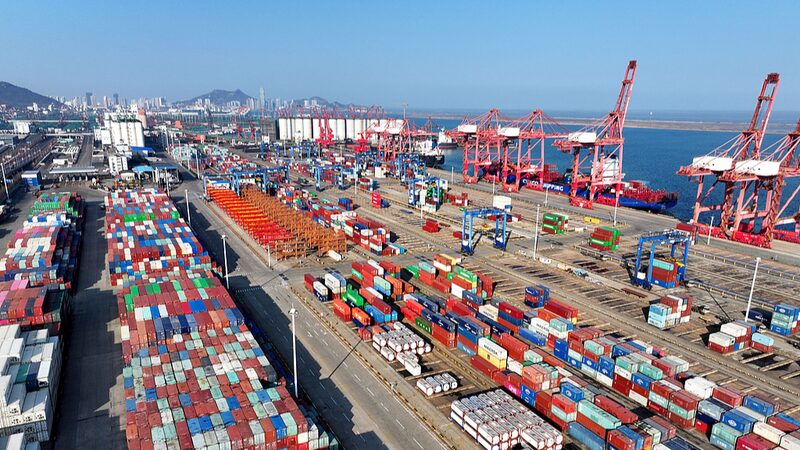China’s Ministry of Commerce and Ministry of Science and Technology have recently updated the Catalogue of Technologies Prohibited and Restricted from Export, reducing the number of protected technologies from 164 to 134 items. This move reflects China’s ongoing efforts to balance national security with technological development and international trade.
While some countries have reacted critically to the revisions, a closer examination reveals that China’s approach to technology export restrictions is less stringent than that of other major economies. For instance, the United States maintains extensive export controls on key technologies, particularly in defense, security, and other sensitive areas.
Through regulations such as the Export Administration Regulations (EAR), the U.S. restricts the export of high-tech products, military-related items, and dual-use technologies to certain countries. The Bureau of Industry and Security (BIS) oversees these policies, focusing on sectors like semiconductor manufacturing, artificial intelligence, and quantum computing, especially regarding exports to China.
These U.S. measures have evolved amid heightened trade tensions and strategic competition with China. Policies aimed at protecting national security have included identifying companies like ZTE and Huawei as national security concerns, limiting U.S. businesses from exporting sensitive technologies to them.
In contrast, China’s updated catalogue demonstrates a reduction in the number of restricted technologies, signaling a willingness to engage more openly in the global technology market. This adjustment may offer fresh opportunities for international collaboration and investment in China’s tech sector.
Understanding the nuances of China’s export control policies is crucial for global readers, business professionals, and investors seeking insights into Asian markets. As technology continues to drive economic growth and innovation, the decisions made by major players like China and the United States will have significant implications for international trade and cooperation.
Reference(s):
cgtn.com







